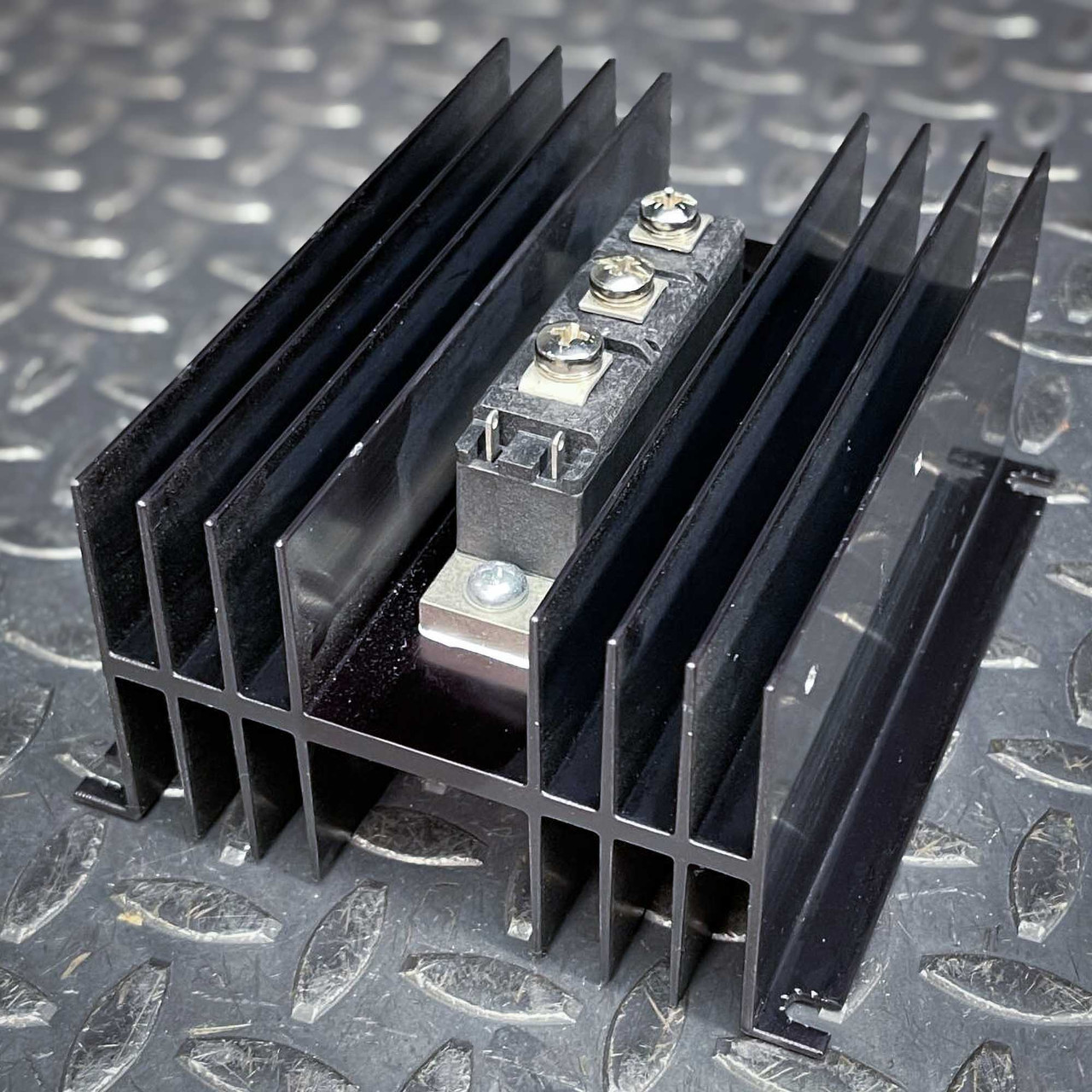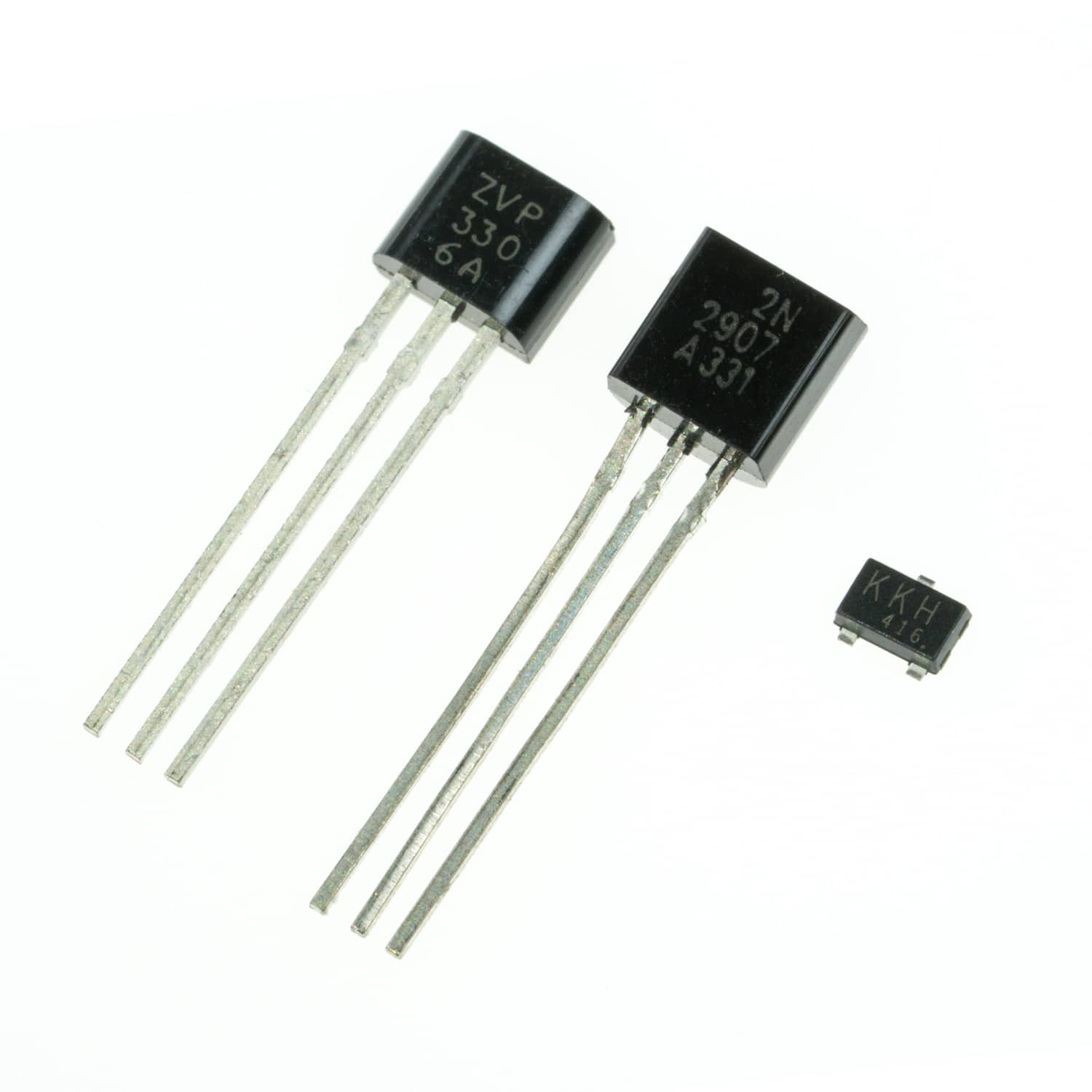If you're an electrical engineer designing a PCB and need to choose the right switching component, you might be debating between Triacs, Thyristors, and Transistors. So, which one is best for your project? In short, it depends on your application: Triacs are ideal for AC switching, Thyristors (or SCRs) excel in high-power DC and AC control, and Transistors are versatile for both AC and DC low-to-medium power switching with faster speeds. In this blog, we'll dive deep into the differences between these components, comparing factors like AC and DC switching, gate control, switching speed, power handling, circuit complexity, cost, and applications to help you make an informed decision for your PCB design.
Introduction: Why Choosing the Right Switch Matters for PCB Design
As an electrical engineer, you know that selecting the right switching component for your printed circuit board (PCB) can make or break your design. Switches control the flow of current, and a poor choice can lead to inefficiency, overheating, or even failure. Triacs, Thyristors, and Transistors each have unique strengths and weaknesses, making them suitable for different scenarios. Whether you're working on a power supply, motor control, or lighting circuit, understanding the nuances of these components is crucial. In this post, we'll break down the key differences in terms of AC switching, DC switching, gate control, switching speed, power handling, circuit complexity, cost comparison, and real-world applications. Let’s get started!

What Are Triacs, Thyristors, and Transistors?
Triacs: Bidirectional AC Switches
A Triac (Triode for Alternating Current) is a semiconductor device designed specifically for controlling AC power. It can conduct current in both directions, making it perfect for AC switching applications. Essentially, a Triac is like two Thyristors connected in parallel but in opposite directions, with a single gate to trigger them. This bidirectional nature allows Triacs to control power during both halves of an AC cycle, which is why they’re commonly used in dimmers and motor speed controls.
Thyristors: Unidirectional Power Controllers
Thyristors, often called Silicon Controlled Rectifiers (SCRs), are four-layer semiconductor devices that act as unidirectional switches. They can handle high voltages and currents, but they only conduct in one direction, making them suitable for DC switching or controlled AC applications where you only need to manage half of the AC cycle. Once triggered via the gate, a Thyristor remains on until the current drops below a certain threshold, which is ideal for high-power applications like rectifiers.
Transistors: Versatile Switching and Amplification
Transistors, such as Bipolar Junction Transistors (BJTs) or Metal-Oxide-Semiconductor Field-Effect Transistors (MOSFETs), are three-layer semiconductor devices used for both switching and amplification. They can handle both AC and DC signals, depending on the configuration, and are known for their fast switching speeds. Transistors are often the go-to choice for low-to-medium power applications and digital circuits due to their flexibility and ease of control.
Key Comparison Factors for PCB Switching Applications
1. AC Switching: Triacs Take the Lead
When it comes to AC switching, Triacs are the clear winner. Their ability to conduct in both directions allows them to control power throughout the entire AC cycle. For example, in a light dimmer circuit, a Triac can adjust the phase angle to control the average power delivered to the load, typically handling voltages up to 600V and currents up to 40A in common designs. Thyristors, on the other hand, are limited to half-wave control in AC circuits unless paired with another SCR or a diode bridge, increasing circuit complexity. Transistors can be used for AC switching, but they require additional components like transformers or H-bridge configurations, making them less practical for pure AC power control.
2. DC Switching: Transistors and Thyristors Dominate
For DC switching, Transistors are often the best choice due to their fast response and ease of control. MOSFETs, for instance, can switch at frequencies in the range of tens of kHz to MHz, making them ideal for switch-mode power supplies (SMPS) with typical drain-source voltages up to 600V and currents up to 50A in mid-range models. Thyristors are also excellent for high-power DC applications, such as in industrial rectifiers, where they can handle voltages exceeding 1000V and currents over 100A. However, their inability to turn off without reducing the current makes them less flexible than Transistors. Triacs are generally not used for DC switching since they’re designed for AC bidirectional control.
3. Gate Control: Ease and Precision
Gate control refers to how a device is triggered or turned on/off. Transistors offer the most precise control; for example, a small base current (in BJTs) or gate voltage (in MOSFETs, typically 5-15V) can control a much larger collector or drain current. This makes them ideal for digital and analog circuits. Triacs and Thyristors require a gate pulse to turn on, but Thyristors cannot be turned off via the gate—they need the anode-cathode current to drop below the holding current (often in the mA range). Triacs can be triggered in four quadrants, depending on the gate and main terminal voltages, but this requires careful design to avoid false triggering, often necessitating a snubber circuit with a resistor (e.g., 100Ω) and capacitor (e.g., 0.1μF).
4. Switching Speed: Transistors Win for Fast Applications
Switching speed is critical in applications like SMPS or digital circuits. Transistors, especially MOSFETs, can switch in nanoseconds (e.g., 10-100ns for typical power MOSFETs), making them ideal for high-frequency operations up to several MHz. Triacs and Thyristors are much slower, with turn-on times in the microsecond range (e.g., 1-10μs for Triacs) and turn-off times dependent on the AC cycle or external commutation for Thyristors. This makes Triacs and Thyristors unsuitable for high-speed switching but perfect for 50/60Hz AC power control.
5. Power Handling: Thyristors for High-Power Needs
When it comes to power handling, Thyristors are the champions. They can manage extremely high voltages (up to 10kV in industrial models) and currents (hundreds of amps), making them essential for applications like power transmission and heavy machinery. Triacs are suitable for medium-power AC applications, typically up to 800V and 40A in consumer electronics. Transistors, while versatile, are generally limited to lower power levels, with common power MOSFETs handling up to 600V and 50A, though high-power IGBTs (a hybrid of Transistors and Thyristors) can extend this range for specific uses.

6. Circuit Complexity: Transistors Simplify Design
Circuit complexity affects both design time and cost. Transistors usually require the simplest supporting circuitry for switching, especially in DC applications, often needing just a resistor or driver for gate control. Triacs and Thyristors, however, often require additional components like snubbers (to prevent false triggering in Triacs) or commutation circuits (to turn off Thyristors in DC applications), increasing the component count and design effort. For instance, a Triac-based dimmer might need a diac (a bidirectional trigger diode) and an RC snubber, adding to the PCB footprint.

7. Cost Comparison: Balancing Budget and Performance
Cost is always a factor in PCB design. Transistors, especially low-power BJTs or MOSFETs, are often the cheapest, with prices as low as $0.10-$1.00 per unit for common models like the 2N2222 or IRF540. Triacs are moderately priced, typically ranging from $0.50 to $5.00 for devices like the BT136 (600V, 4A), depending on power ratings. Thyristors can be more expensive, especially for high-power models, ranging from $1.00 to $20.00 or more for industrial-grade SCRs. However, the total cost must also account for additional components and design complexity, where Triacs and Thyristors might increase the overall budget.
Applications: Matching Components to Use Cases
Triac Applications
Triacs shine in AC power control. Common uses include:
- Light Dimmers: Controlling the brightness of incandescent or LED lights by adjusting the AC phase angle.
- Motor Speed Control: Managing the speed of universal motors in appliances like fans or drills.
- Heating Control: Regulating power to electric heaters or thermostats.
For example, in a dimmer circuit, a Triac like the BT139 (600V, 16A) can handle a 100W lamp load with a simple RC trigger circuit.
Thyristor Applications
Thyristors are best for high-power control, including:
- Power Rectifiers: Converting AC to DC in industrial power supplies.
- Motor Drives: Controlling large DC motors in industrial settings.
- HVDC Transmission: Managing power in high-voltage direct current systems.
A typical Thyristor like the 2N6509 (600V, 25A) can control power in a rectifier circuit for a 1kW load.
Transistor Applications
Transistors are incredibly versatile, used in:
- Switch-Mode Power Supplies: High-frequency switching in DC-DC converters.
- Digital Circuits: Acting as switches or amplifiers in microcontrollers and logic gates.
- Audio Amplifiers: Boosting signals in consumer electronics.
For instance, a MOSFET like the IRF9540 (100V, 23A) can switch a 12V DC load at 50kHz in an SMPS design.
How to Choose the Right Switch for Your PCB
Here’s a quick decision guide for electrical engineers:
- Need AC Switching? Choose a Triac for bidirectional control in applications like dimmers or motor controls.
- Need High-Power DC or Half-Wave AC? Opt for a Thyristor for robust power handling in industrial systems.
- Need Fast Switching or Versatility? Go with a Transistor (BJT or MOSFET) for high-speed, low-to-medium power applications.
Consider your voltage, current, and frequency requirements. For instance, if you're designing a 230V AC dimmer, a Triac rated for 400-600V and 10A with a snubber circuit is a safe bet. For a 12V DC motor driver switching at 20kHz, a MOSFET with a 30V, 20A rating and low Rds(on) (e.g., 0.05Ω) will minimize heat loss.
Conclusion: Make an Informed Choice for Your PCB Design
Choosing between Triacs, Thyristors, and Transistors for your PCB switching needs comes down to understanding your project’s specific requirements. Triacs are unbeatable for AC switching, Thyristors handle high-power applications with ease, and Transistors offer speed and versatility for a wide range of uses. By comparing factors like gate control, switching speed, power handling, circuit complexity, and cost, you can select the best component for your design. Whether you're building a simple dimmer or a complex industrial controller, this guide should help you navigate the decision with confidence. Have a specific project in mind? Drop a comment or reach out—I’d love to discuss how these components fit into your next PCB design!
 ALLPCB
ALLPCB







